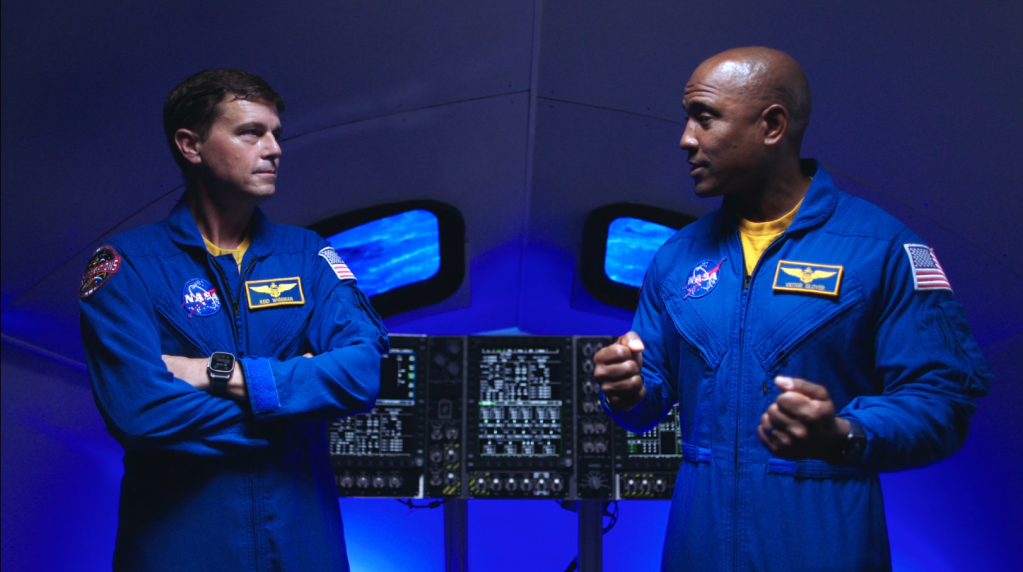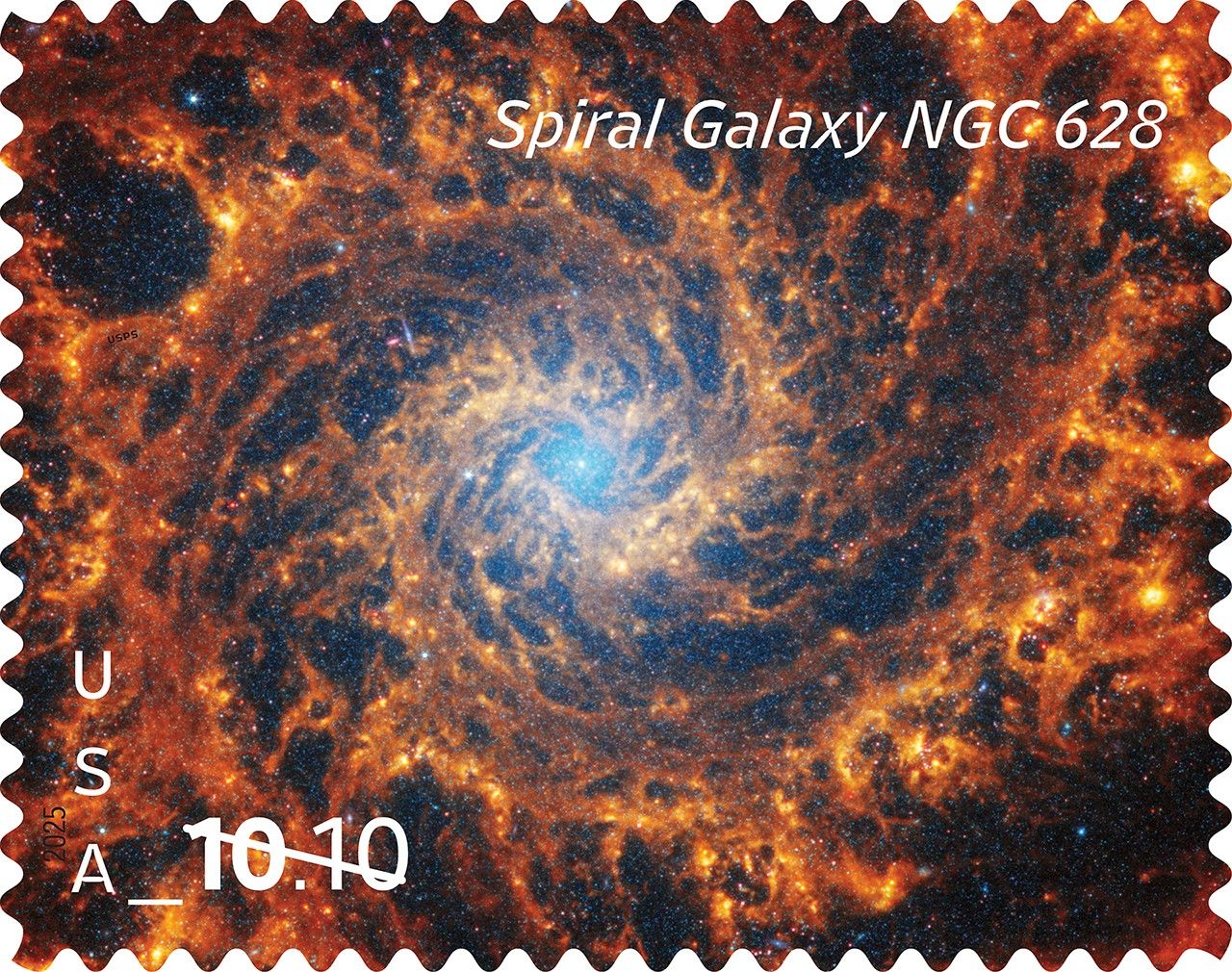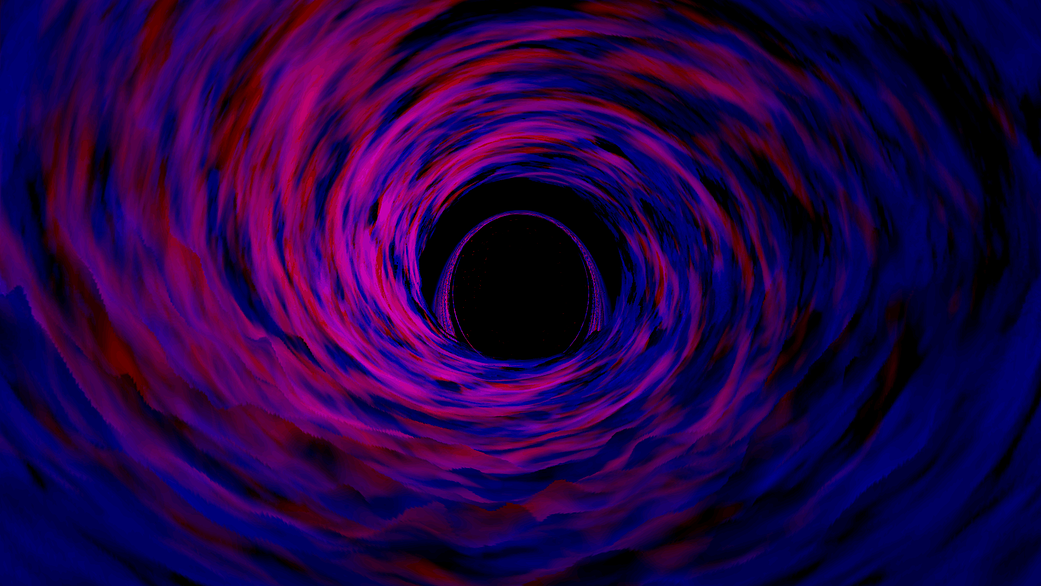Astronomers continue to develop computer simulations to help future observatories better home in on black holes, the most elusive inhabitants of the universe.
Though black holes likely exist abundantly in the universe, they are notoriously hard to see. Scientists did not capture the first radio image of a black hole until 2019, and only about four dozen black hole mergers have been detected through their signature gravitational ripples since the first detection in 2015.
So scientists look to black hole simulations to gain crucial insight that will help find more mergers with future missions. Some of these simulations, created by scientists like astrophysicist Scott Noble, track supermassive black hole binary systems. That is where two monster black holes like those found in the centers of galaxies orbit closely around each other until they eventually merge.
This visualization of supercomputer data shows the X-ray glow of the inner accretion disc of a black hole.
View additional images and video at our Scientific Visualization Studio.
Image Credit: NASA Goddard/Jeremy Schnittman/Scott Noble


























